| Touchscreen | Interactive display for user input | Capacitive, 15"-24", HD/4K resolution | Assembled, calibrated for responsiveness and accuracy |
| Printer | Prints boarding passes and luggage tags | Thermal, 200-300 dpi, auto-cutter | Integrated into the kiosk housing, tested for reliability |
| Card Reader | Reads payment or ID cards | EMV-compliant, NFC-enabled, contact/contactless | Installed and secured within the kiosk, compliance tested |
| Barcode Scanner | Scans boarding passes and ID documents | 2D/3D, omni-directional, high-speed scanning | Embedded into the kiosk, aligned for precision |
| Enclosure | Housing that protects internal components | Steel/aluminum, anti-corrosion, weather-resistant | Fabricated, painted/coated, and assembled to hold components |
| CPU & Motherboard | Processes user inputs and controls functions | Intel/ARM-based, 8GB+ RAM, SSD storage | Mounted and wired to all components, BIOS configured |
| Software | Runs applications for check-in, ticketing, etc. | Custom OS, secure API integrations, user-friendly | Developed, tested, and installed; UI/UX optimized |
| Power Supply | Provides stable power to all components | 110-240V AC input, 12V/24V DC output | Installed and connected, surge-protected |
| Cooling System | Maintains optimal operating temperature | Fans or passive cooling, temperature sensors | Installed within the enclosure, airflow optimized |
| Connectivity | Allows communication with airport systems | Ethernet, Wi-Fi, 4G/5G | Network modules installed, connectivity tested |


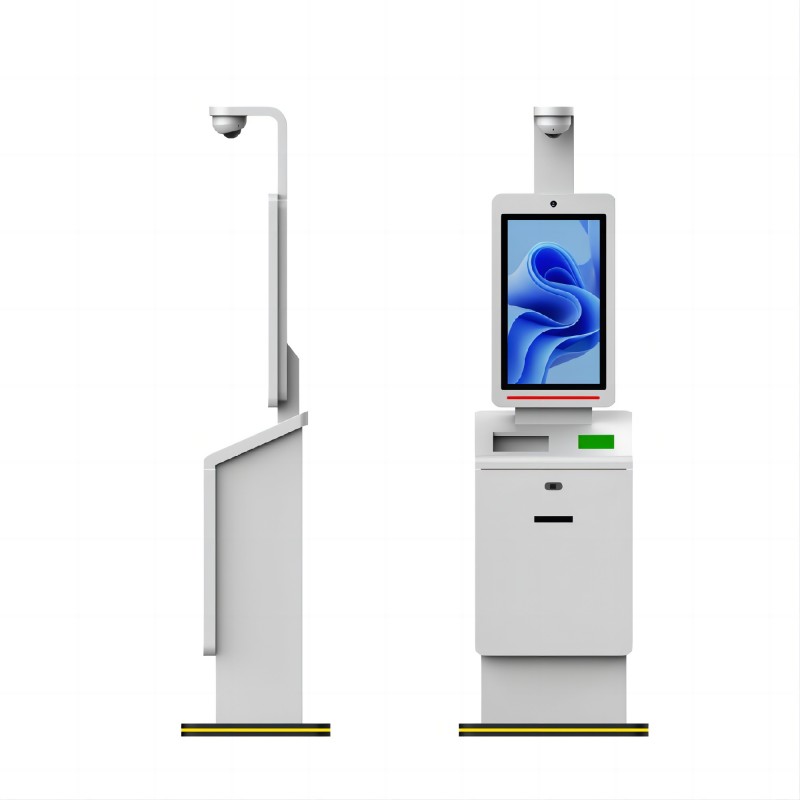
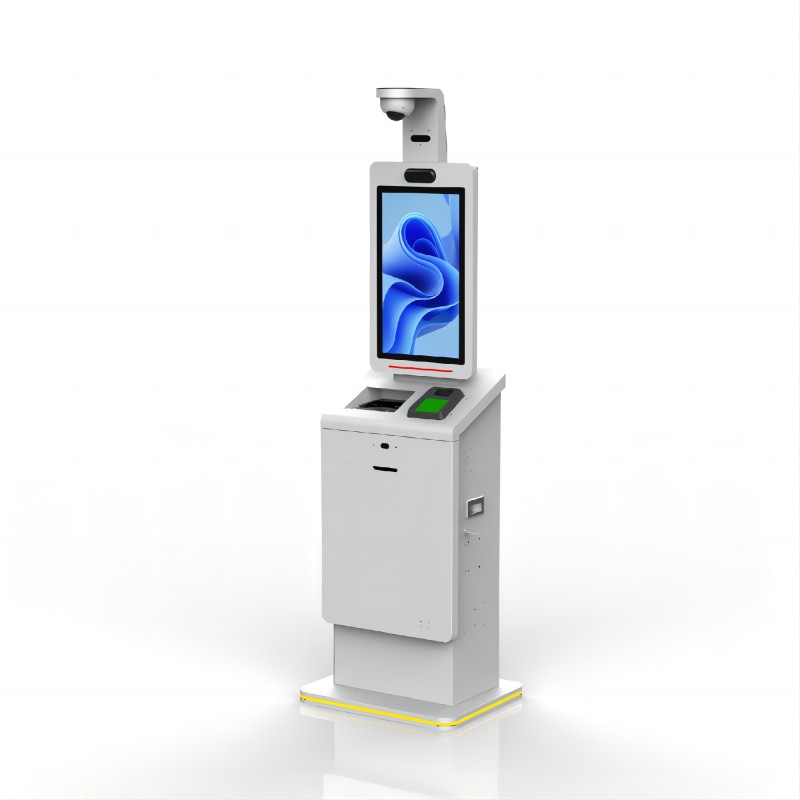
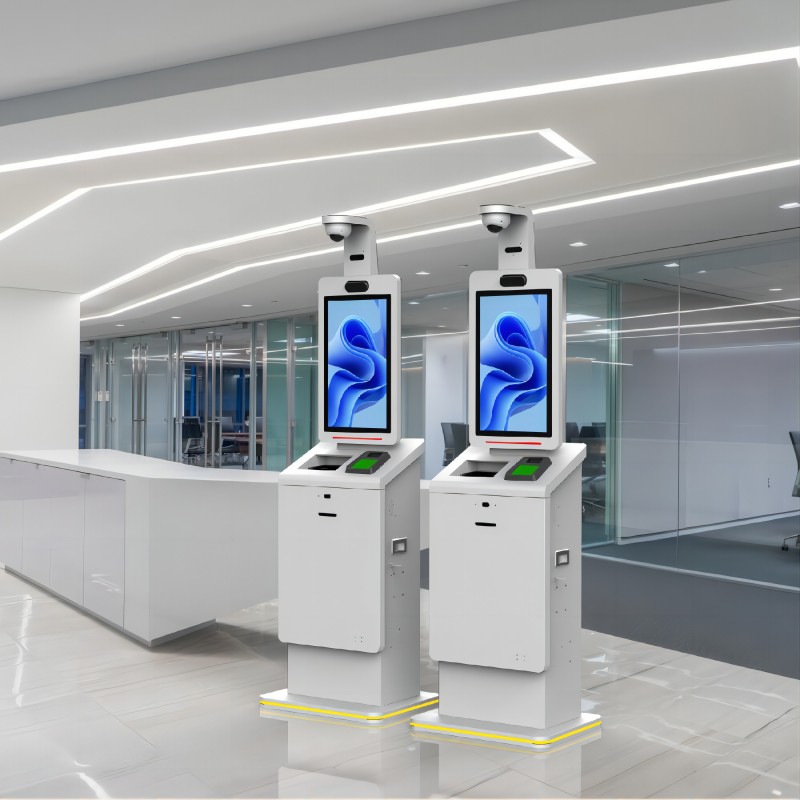
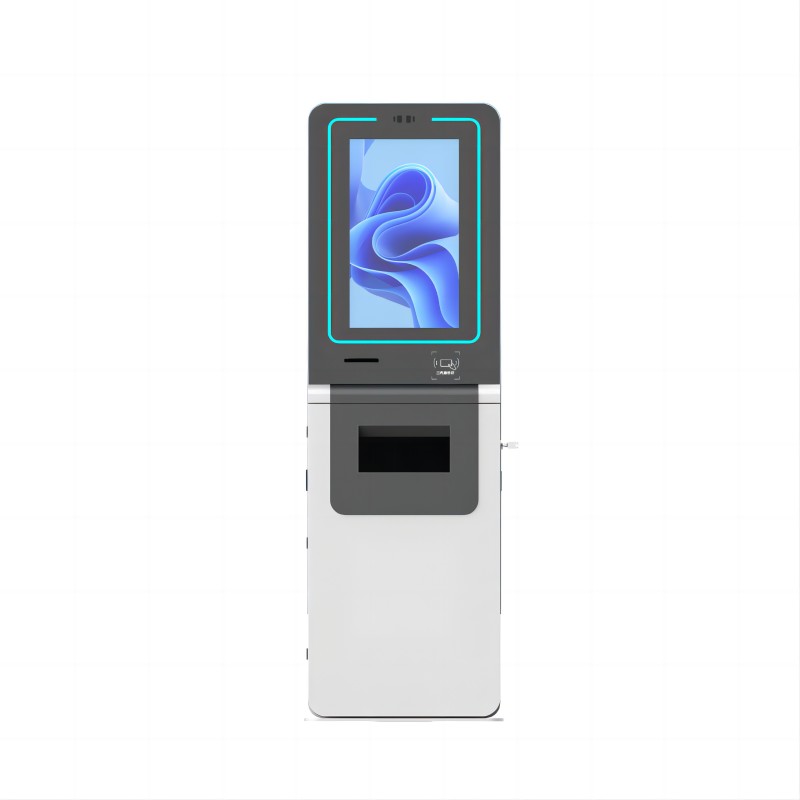
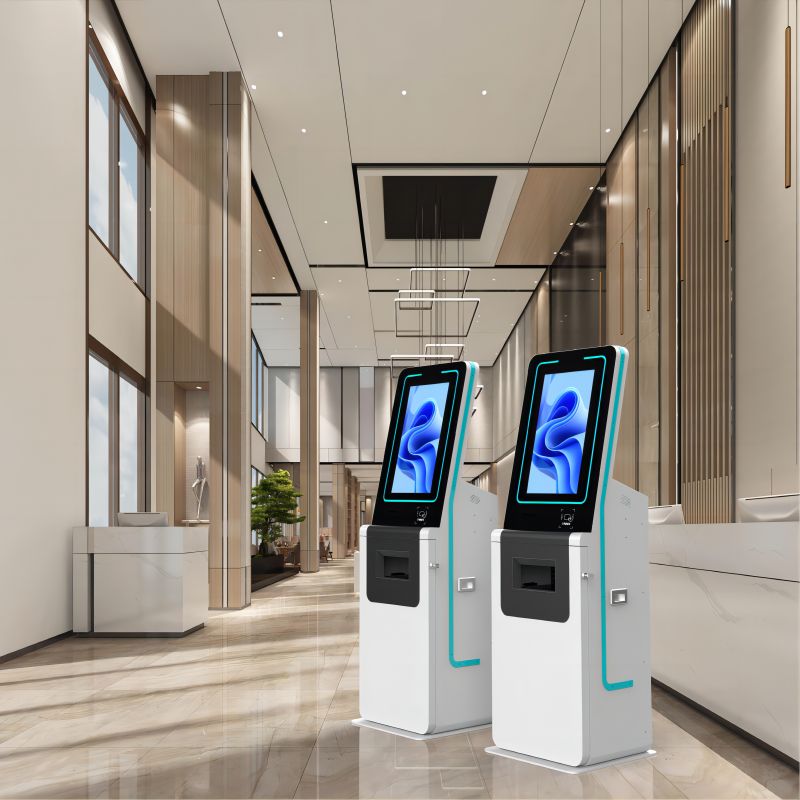
What did our happy clients say?
The airport kiosks we purchased exceeded our expectations in both quality and performance. The touchscreens are responsive, and the build is robust, handling high traffic seamlessly. The after-sale service is top-notch, with prompt support and regular updates.
These airport kiosks have transformed our passenger processing. The durable construction and flawless software integration have significantly reduced check-in times. Customer support has been outstanding, always ready to assist with any queries or updates.
We are extremely satisfied with the quality of these airport kiosks. The units are well-designed and reliable, providing an excellent user experience. The performance has been consistently smooth, and the after-sale service is both responsive and professional.
The airport kiosks have proven to be a great investment. They are built to last, with excellent performance even during peak hours. The vendor's after-sale service has been impressive, offering timely support and ensuring everything runs smoothly. Highly recommended!